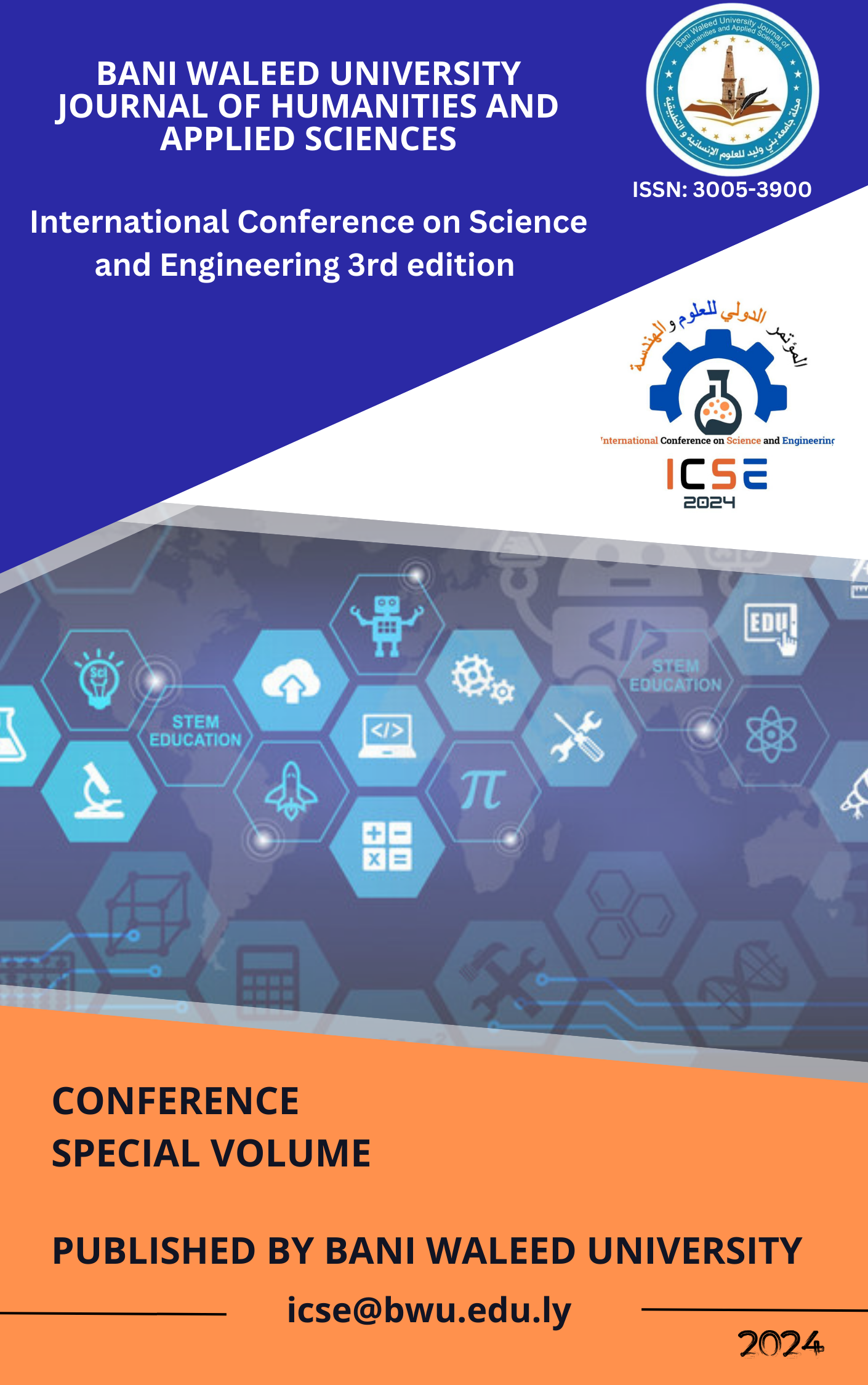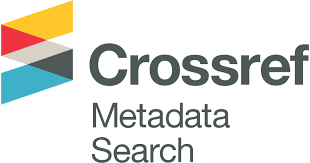Investigation of Antibacterial Activity of Chlorhexidine Gluconate (CHxG) on Dental Composites Containing Nano-Titanium Dioxide Particles: in vitro study
DOI:
https://doi.org/10.58916/jhas.v9iالخاص.370Keywords:
Antibacterial Activity, Carbon dioxide (CO2), Chlorhexidine Gluconate (CHxG), Dental resin, nano-Composites, Titanium oxide (TiO2), Urethane dimethacrylate (UDMA), 2-(Dimethylamino)ethyl methacrylate (DMAEMA), 3- methacryloyloxy-propyl (MPTMS).Abstract
this in vitro study was conducted for evaluating the antibacterial activity of resin-based dental composites containing Nano-Titanium dioxide Particles that were prepared with chlorhexidine gluconate (CHxG). Methods: TiO2 nano-composite was prepared and divided into three groups: (1) untreated TiO2 nano-composite. (2) Treated TiO2 nano-composite. (3) Treated TiO2 nano-composite which was incorporated with CHxG. TiO2 nano-composite was prepared in three groups, untreated TiO2 nano-composite and treated TiO2 nano-composite. Five of selected bacteria to be tested against the TiO2 nano-composite named, S. mutans was grown in Brain Heart Infusion (BHI) and E. faecalis, S. aureus, E. coli, and P. aeruginosa were grown in Müller-Hinton Agar (MHA). Results: Neither of the groups of untreated TiO2 nano-composite and treated TiO2 nano-composite and treated TiO2 nano-composites containing 3% (m/m) of CHxG showed no microbial inhibition when tested against previously mentioned facultative bacteria and showed an inability to inhibit the growth and the effectiveness of these bacteria. The other groups containing treated TiO2 nano-composite prepared with CHxG concentrated differently as 3%-5%-7% and 10% (m/m) which tested against the same facultative bacteria were antibacterial restoratives. They inhibited the bacterial growth and clear inhibition zones were demonstrated around the nano-composite materials. CHxG exhibit bacterial resistance at concentrations of 10% (m/m). At concentrations of 5 and 7% (m/m) for CHxG the nano-composites could not resist the bacterial growth except for S. aureus, where there was small inhibition zones observed around the nano-composites. At concentration of 3% of CHxG, the TiO2 nano-composites show no resistance of all bacteria.















